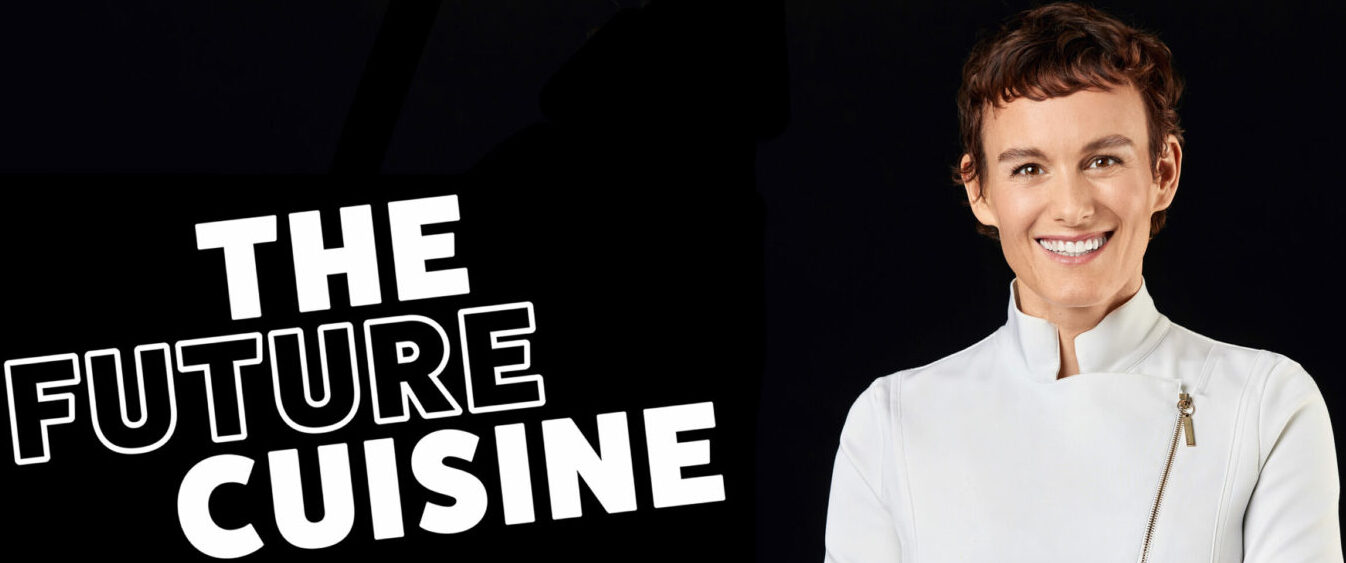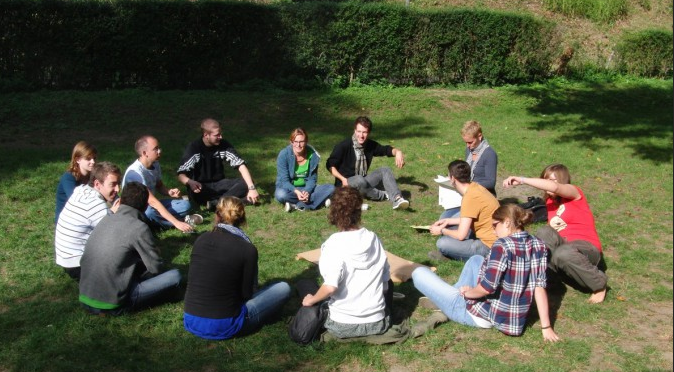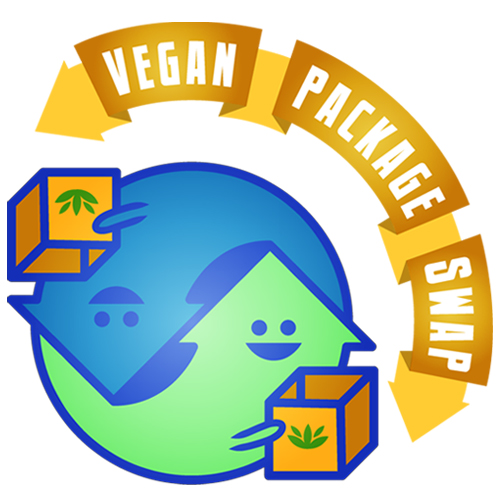At the end of January 2013, LUSH Fresh Handmade Cosmetics announced its decision to remove all microplastics (plastic glitter) from its products. This decision was celebrated by environmental organizations and groups for the protection and preservation of the oceans, namely the Marine Conservation Society and Surfers Against Sewage.
Hilary Jones, Ethics Manager at LUSH says: “LUSH is known for its bubbly bath products and cosmetics. But some of the glitter and sparkle in the products is due to microplastic glitter. A few years ago, LUSH began replacing this plastic glitter with new alternatives due to concerns about the spread of microplastics in the environment. Research has evolved and so LUSH can continue to sparkle without polluting the environment.
LUSH has remained exciting and fun, even as they have removed the glitter in the bath balls with edible shimmer, rice paper confetti, popping sugar, sugar decorations and even by creating their own confetti from dehydrated melons that LUSH blends with their in-house palm oil-free soap base.
LUSH is pleased to work with Surfers Against Sewage and the Marine Conservation Society, particularly on plastic pollution and beach clean-up projects, as well as public awareness campaigns. Her tireless commitment has inspired LUSH to quickly find alternatives to glitter for the latest challenging products.
Over 50% of the glitter was used in three long-standing bestsellers, so LUSH had to ensure they found worthy replacements to avoid disappointing loyal customers.
With glitter now agar-based and other eco-friendly, biodegradable alternatives coming to market, LUSH is very happy to finally announce that it will now be possible to remove all plastic glitter from products in the very near future without sacrificing fun, sparkle and pop. The result will please customers and environmentalists alike.”
Dr. Sue Kinsey, Senior Officer for Pollution at the Marine Conservation Society says: “Microplastics are becoming a real problem for the oceans. LUSH’s decision to dispense with plastic glitter is forward-looking and a pioneering move for other companies. This decision is a positive step by the company, which has clearly understood the message and is not left cold by the threat to the oceans. LUSH is also sending a clear message to consumers, who will hopefully try to find alternatives to microplastics in other areas too. This is a big step for the future and I hope that other companies will take this as an example.”














